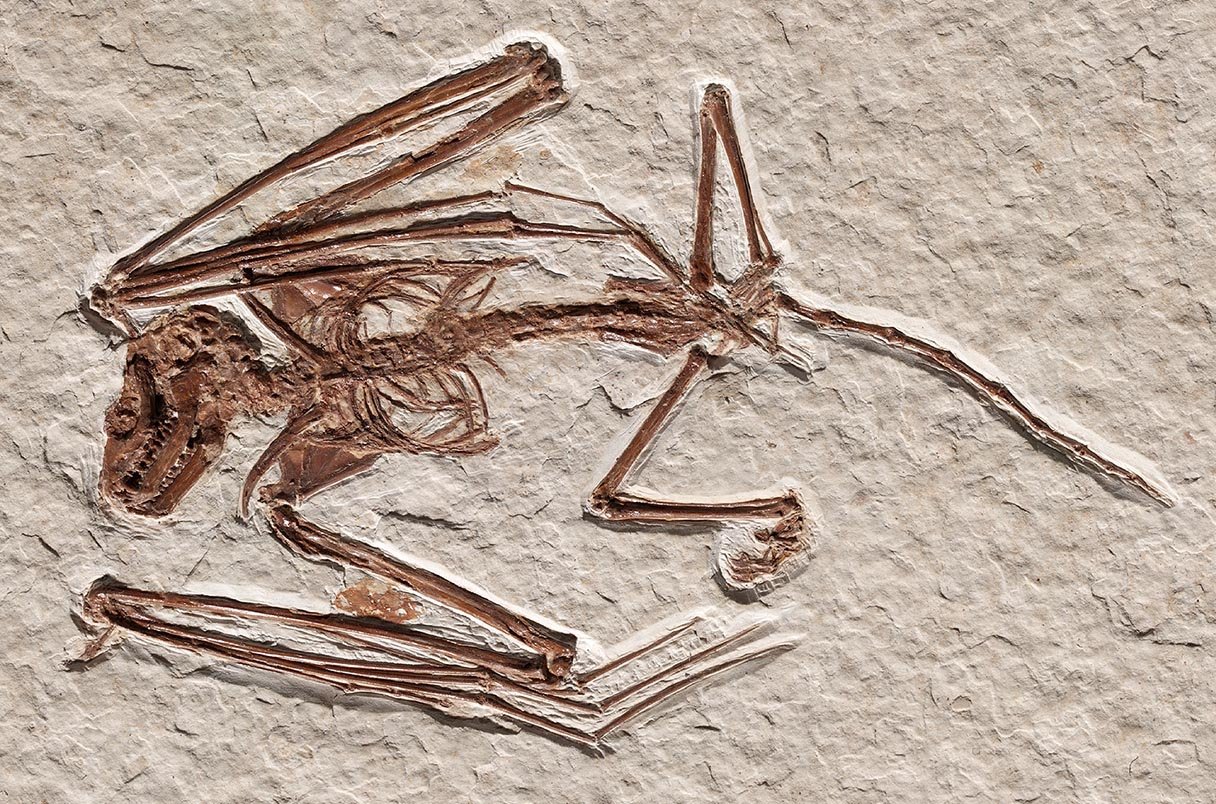Age-old bat skeletons, which are thought to have existed 53 million years ago, provide new insight into early mammalian flight and show a newly identified species.
Two of the oldest bat fossils are described in a new study that was just published in PLOS ONE and may help researchers understand how these flying mammals spread all over the world.
The roughly 1.5-inch-long bat skeletons were discovered in a fossil deposit close to Kemmerer, Wyoming. They were discovered in a fossil-rich geologic deposit of prehistoric marshes and lakes from the Eocene period, which lasted for about 50 million years. The region, known as the Green River Formation, includes portions of Wyoming, Utah, and Colorado. Researchers estimate the age of the fossilized bats to be roughly 53 million years old, making them the oldest bat fossils ever found. This estimate is based on the age of the sediment layers that surround the fossils. During this time, it is considered that bats initially diverged from non-flying mammals.
Fig 1. Skeleton of Holotype of Icaronycteris gunnelli (FM.145747A) A) Dorsal view; B) Counterpart (FM.145747B).
The bones were then compared to those of other species, leading paleontologists to the conclusion that they belonged to the extinct Icaronycteris genus of bats. The newly discovered bats differed from other Eocene bats in a number of ways, including the existence of claws on the first and second digits of the wings, relatively short forearms, and large wings. It was named Icaronycteris gunnelli, after the late Duke University paleontologist Gregg Gunnell, who made significant contributions to the study of bat evolution, by the researchers.
RIETBERGEN ET AL., PLOS ONE, DOI: 10.1371/JOURNAL.PONE.0283505 (2023)
Bats are a diverse group of mammals with over 1,400 living species worldwide. They play a vital role in healthy natural ecosystems and provide essential ecosystem services for human economies. Bats are the only mammals capable of true powered flight, an adaptation that evolved early in the chiropteran lineage. Early bat records date back to the early Eocene, with bats found in North America, Europe, Africa, Asia, and Australasia. The fossil record of early bat evolution is relatively poorly understood, with most skeletons consisting of isolated teeth.
The oldest known articulated bat skeletons come from mid-shore deposits of the Green River Formation in southwestern Wyoming. Two fossil bat species have been described from the Fossil Lake Sediments, but no other species have been described from other lakes. The high taxonomic and functional diversity of living bat faunas today suggests that the area and habitats reflected in the Green River Formation hosted more bat species than previously discovered.









